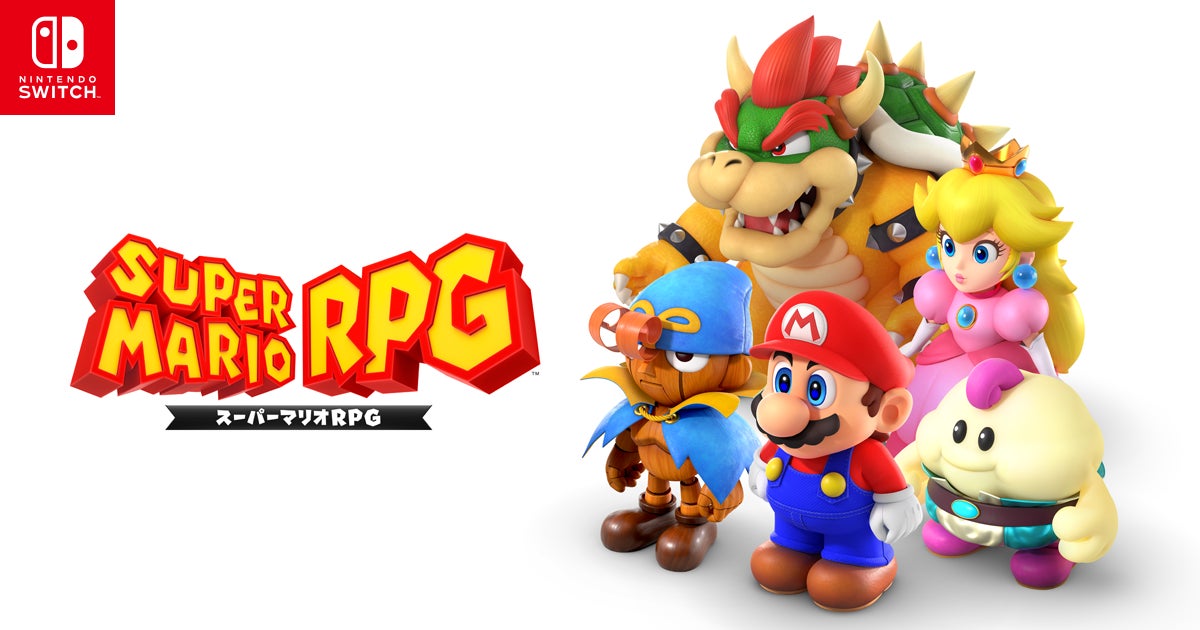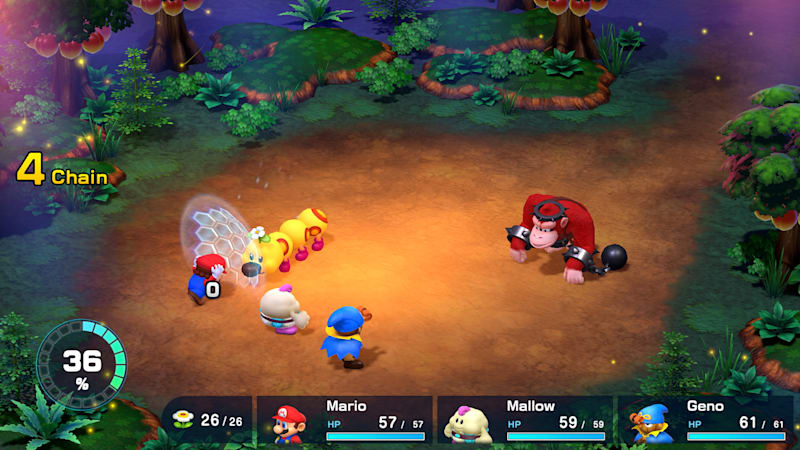Nintendo Switch スーパーマリオRPG
(税込) 送料込み
商品の説明
「Nintendo Switch スーパーマリオRPG」
定価: ¥ 5980
写真に写っているものが全てになりますのでよくご確認のうえ購入お願い致します。
#ゲーム #RPG #NintendoSwitch #Nintendo_Switch #Switch商品の情報
| カテゴリー | ゲーム・おもちゃ・グッズ > テレビゲーム > ニンテンドー3DS/2DS |
|---|---|
| ブランド | ニンテンドースイッチ |
| 商品の状態 | 目立った傷や汚れなし |

Amazon.co.jp: スーパーマリオRPG -Switch : ゲーム

スーパーマリオRPG | Nintendo Switch | 任天堂

Super Mario RPG™

Super Mario RPG™

Amazon.co.jp: スーパーマリオRPG -Switch : ゲーム

Super Mario RPG Remastered for Nintendo Switch - News - Nintendo

Super Mario RPG Nintendo Switch | eBay

Super Mario RPG (Nintendo Switch) Review - CGMagazine

マリオ×コマンドバトル! 「スーパーマリオRPG」は発売26周年 - GAME Watch

スーパーマリオRPG 紹介映像 - YouTube

Super Mario RPG (Nintendo Switch) - Walmart.ca

Super Mario RPG : Amazon.ca: Everything Else

Nintendo Switch『スーパーマリオRPG』が本日発売。お題を達成

Nintendo Switch Super Mario RPG REMAKE w/ Exclusive Pin Japan | eBay

マリオ×コマンドバトル! 「スーパーマリオRPG」は発売26周年 - GAME Watch

Nintendo HAC-P-A8LUA 【Switch】 スーパーマリオRPG | ノジマ

スーパーマリオRPG:Nintendo Switchの新しいアドベンチャーを試す

Super Mario RPG pre-orders: price, release date and more

Super Mario RPG Nintendo Switch Japan Physical Game In Multi

スーパーマリオRPG』情報まとめ。ストーリー、新要素、注目ポイント

お気にいる Nintendo Super Switch スーパーマリオRPG スーパー

Super Mario RPG review: Is remake as good as you remember?

Amazon.co.jp: スーパーマリオRPG -Switch : ゲーム

スーパーマリオRPG』のプロモーションから感じる原作愛がスゴかった

Nintendo Switch スーパーマリオRPG【限定特典なし】 通販|セブン
![スーパーマリオRPG [Nintendo Direct 2023.9.14] - YouTube](https://i.ytimg.com/vi/riPTlG95eBo/sddefault.jpg)
スーパーマリオRPG [Nintendo Direct 2023.9.14] - YouTube

Nintendo Switch版『スーパーマリオRPG』が突如発表に 予約受付も

スーパーマリオRPG 大逆転裁判1&2 成歩堂龍ノ介の冒險と覺悟 Nintendo

2Dマリオ新作「ワンダー」や「スーパーマリオRPG」リメイクなど

新しいブランド switch 【スーパーマリオRPG】リメイク版で確定して

ファッションの Nintendo スーパーマリオRPG』の新要素をご紹介

Nintendo (ニンテンドウ) Nintendo Switch用ソフト スーパーマリオRPG

Super Mario RPG™

Nintendo Switchソフト】スーパーマリオRPG【送料無料】 | トイザらス

Super Mario Bros. Wonder, Super Mario RPG and Many More Games

新品未開封2本】スーパーマリオブラザーズワンダー&スーパーマリオRPG

スーパーマリオRPG』情報まとめ。ストーリー、新要素、注目ポイント

Super Mario RPG | Fantendo - Game Ideas & More | Fandom

Nintendo Switch スーパーマリオRPG【先着特典】アクリルキーホルダー

楽天ブックス: スーパーマリオRPG 公式ガイドブック - スクウェア




商品の情報
メルカリ安心への取り組み
お金は事務局に支払われ、評価後に振り込まれます
出品者
スピード発送
この出品者は平均24時間以内に発送しています














